Watch: Is the future of automotive design in software?
This CDN livestream featured speakers from Volvo, Bugatti Rimac, TomTom and The Qt Company. We discuss how automotive designers are using connected technologies in informing design decisions.
Related video
-
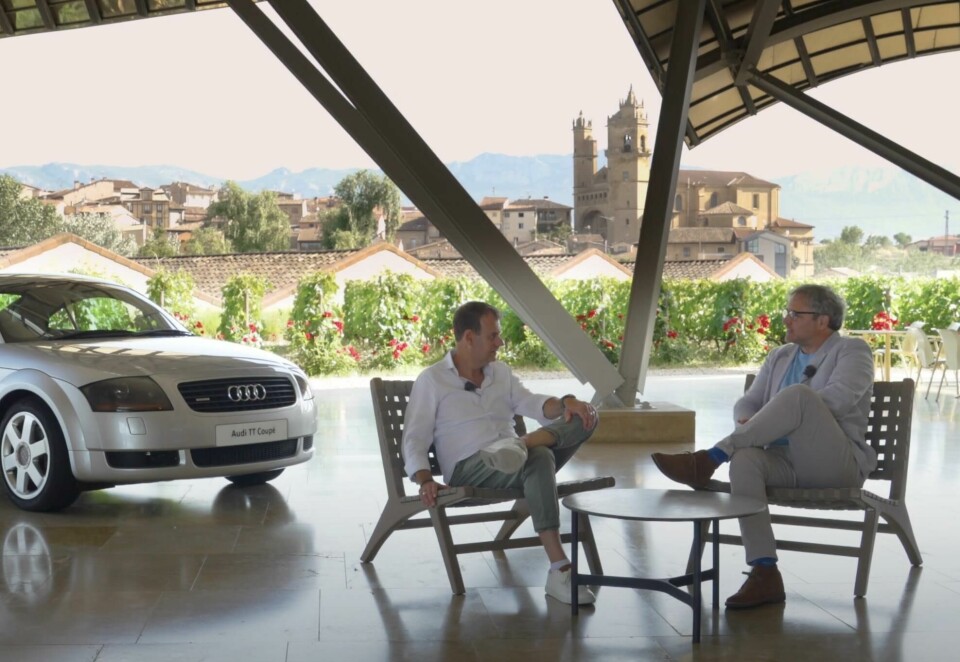
“The better the proportions, the less styling you need” – Gary Telaak, Audi
-
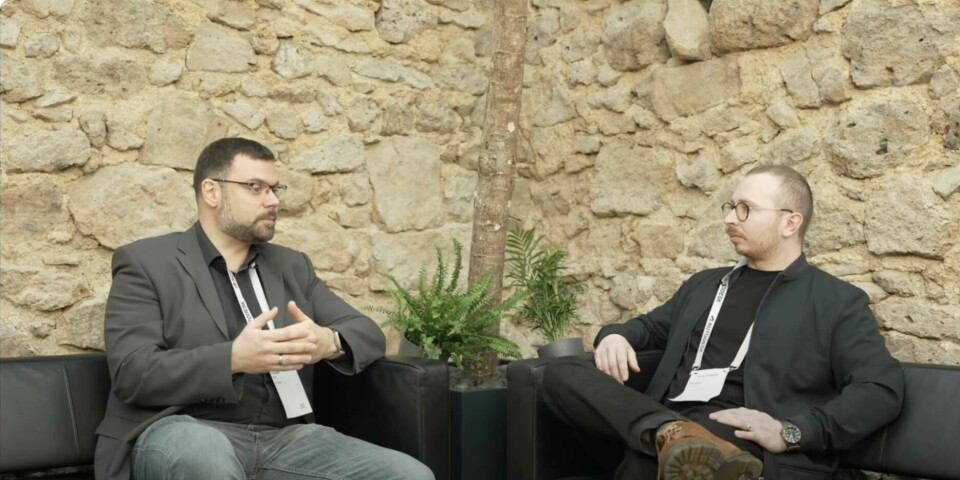
Watch: Autodesk on solving pain points in design
-
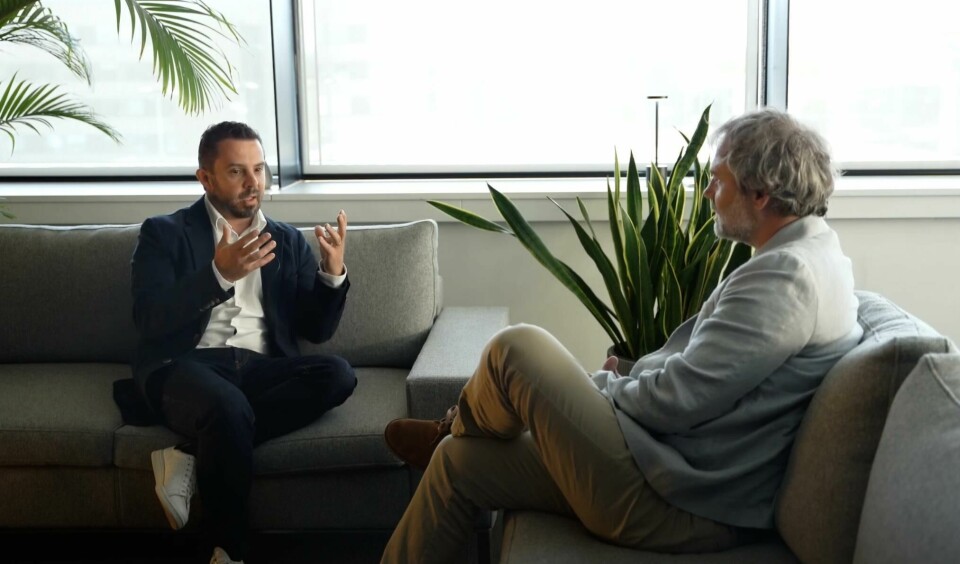
Watch: Aurelien Doisy speaks to Car Design News
-
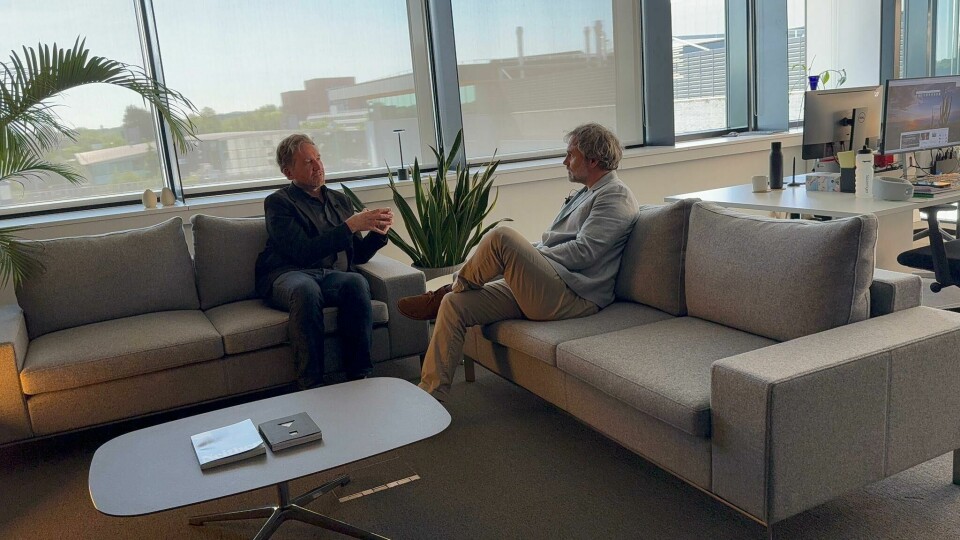
Martin Uhlarik: “We have nine full programs live in the UK at the moment, 13 globally”
-
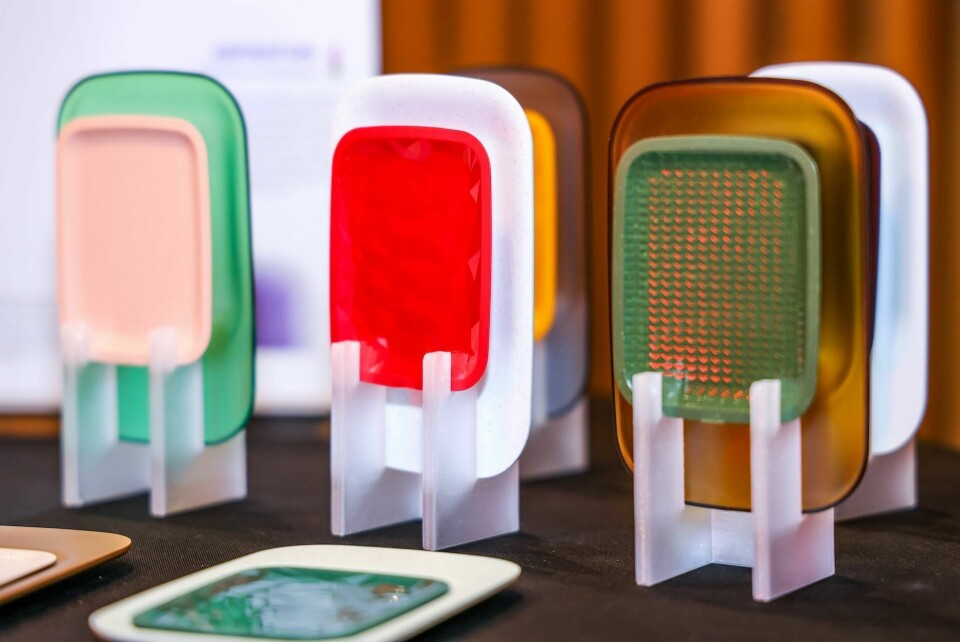
“Material should be functional but also bring sentimental value”
Updated 29 November with on-demand video.
Thanks to ever-evolving technology, designers are better connected to the consumer than at any point in automotive history. Data gathering on consumer behaviour is helping identify their changing habits and needs, allowing designers to respond and make decisions while alleviating risk. But how is this connected world changing elements of car design like UX and the focus on technology?
Augmented to this abundance of information flowing back to OEMs over the air is face-to-face research between car companies and their customers. How are designers working with both the hands-on research and the digital data to evolve their designs? In what ways do these two approaches serve different purposes?
To explore these issues and more, Car Design News brought together experts from Bugatti-Rimac, Qt Company, TomTom and Volvo Cars for a live discussion. Below are some of the primary takeaways from the session.
We never have a complete picture, so any net we can cast is a valuable one
Kevin Flick of Volvo Cars says the move to software-driven vehicles is allowing designers to “lean over the shoulder” of the driver and learn how the vehicle and its systems are really being used. In effect, data coming from the car and from real-world discussions can help to steer designers in the right direction. “We never have a complete picture of what consumers do, want or wish for,” he says, ”so any net we can cast is a valuable one.”
Once data has been accessed, analysed and critiqued, there should be some actionable insight to come out of it. This can then shape software updates that are pushed out to the car on the fly. Flick notes that this has “opened a door” for the industry to help vehicles evolve over time, “but we need to consider the extent to which we want cars to be updated and how often.”
Ask bad questions and you’ll get bad answers
All this is relatively new to the automotive industry, which now has unprecedented access to the consumer. For any car brand this access to data can have tremendous benefits. ”Data is extremely important,” says Luka Lenard of Bugatti-Rimac. The way data is collected varies between brands, he notes, and in his case is more about engaging with customers directly, at least for now. ”We are very close to our users as opposed to collecting data digitally, but this is going to change in future that’s for sure – and it will be done in different ways between different brands.”
Drew Meehan of TomTom recognises the benefits of focus groups and hands-on research, but says it has to be approached in the right way. “Ask bad questions and you’ll get bad answers,” he observes. The same kind of thinking extends to digital data-gathering from the car and its systems, ”or else you can have self-fulfilling data that comes back and says everything you’re doing is great. Meanwhile, the customer continues to have problems because you haven’t asked the right questions of the data.”
Data is the basic enabler for us to do a good job
At the Qt Company, two different sets of data are being used to help shape the tools that OEMs use to design their HMI. One is external data from the OEMs themselves, and another is from the drivers that use that HMI. In any case, data must be fresh for it to have the desired impact. ”The quicker you get the feedback, the better,” says Miao Luo. He adds that data is ”the basic enabler for us to do a good job, as it shows us whether we are on the right track or not.”
And at the end of the day, data and the insight that is gained from it can help to push ideas through and get sign-off from senior management. “As researchers we are effectively storytellers,” says Volvo’s Flick, “and data helps us tell that story.”
A full overview of the session will soon be shared on CDN, with deeper insight into the topics raised above.
Speakers
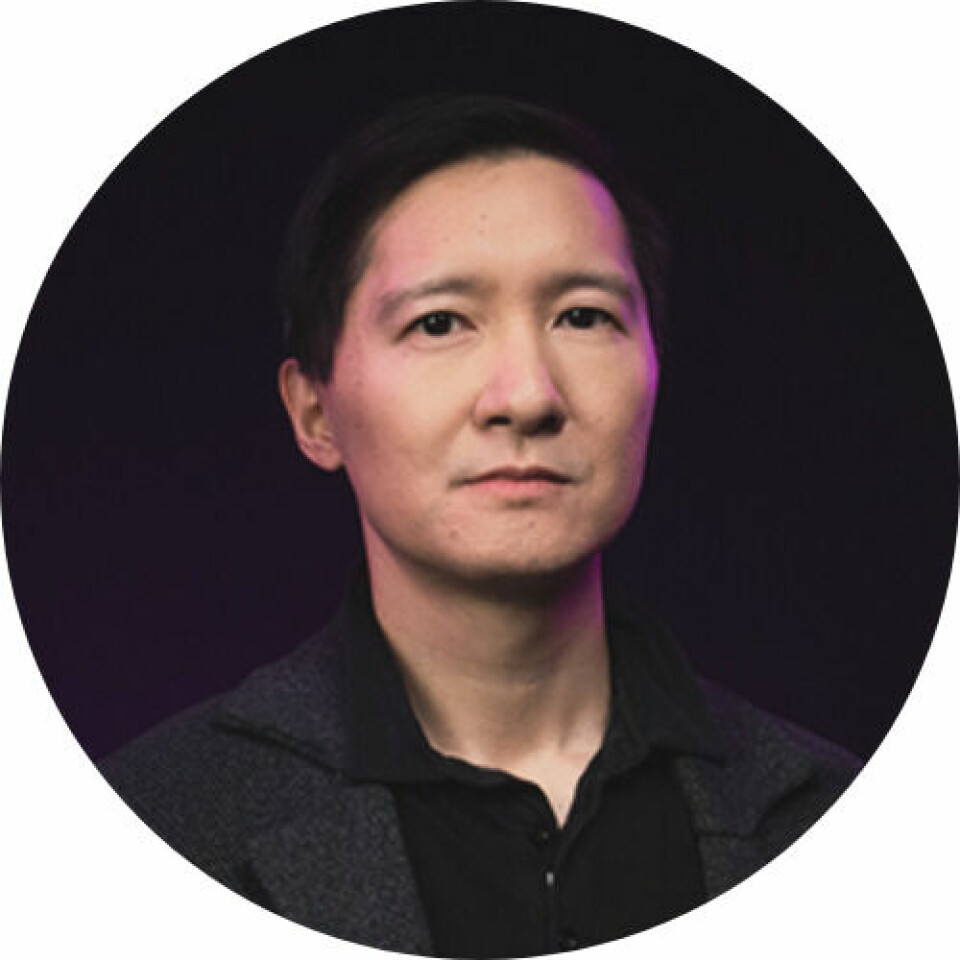
Miao Luo
Head of Automotive and Design Tools
The Qt Company
Miao Luo is working at The Qt Company where he serves as a Director in Product Management, overseeing the Automotive business and managing product strategies among HMI design tools, graphics, and Functional Safety product lines. Prior to The Qt company, he worked in various positions ranging from product management and sales to software engineering for more than 15 years, and he has also been a co-founder of a successful startup in the flight simulation market.

Luka Lenard
UX/UI Design Manager
Bugatti Rimac
Luka started with UX and UI as a freelancer 10 years ago. I had no professional training, just the will to solve problems with design thinking. After some time I transitioned into iGaming, where I was able to mature as a UX designer. When the opportunity arose I joined Rimac, 4 years ago. I continued learning and growing with every new project we are taking on, especially now with the joining of Bugatti.

Drew Meehan
Senior Product Manager Electric Vehicles
TomTom
Drew Meehan is Senior Product Manager for Electric Vehicles at TomTom in Amsterdam, where he is shaping the vision and strategy for future EV experiences across the company. Before joining the product organization in 2022, Drew was a Senior Principal UX Designer at the location technology company, leading the design of their next-generation EV navigation experience. Drew was previously Founder of automotive UX consulting firm Mensen and Design Lead for CDR, providing strategic design research and guidance for wide range of global automotive clients. He is also a life-long lover of all things automotive, a trained automotive designer and illustrator, as well as an overseas member of the UK’s Guild of Motoring Writers.

Kevin Flick
Head of User Research
Volvo Cars
I have never had it disproven (though you’re welcome to try!) that the best products come from teams who care deeply and equally for each another and for the people who use what we make. I’ve seen this in every context where I’ve conducted research; prosthetic legs, Microsoft, safe water & sanitation for developing countries, medical devices, Amazon, Google, and now Volvo. Each of those experiences has taught me invaluable lessons, but I also believe that any toolbox deserves to be dumped out and its to have its contents scrutinized from time to time. How will we get to where we’re going next??? I’m not sure, but I know we’ll be better off if we figure it out together. Buckle up, people!
Moderator

Freddie Holmes
Assistant Editor
Car Design News
Freddie Holmes is the assistant editor of Car Design News, analysing and reporting on established and emerging trends, interviewing leading figures and supporting the production of Interior Motives and Car Design Review. An automotive journalist for eight years, Freddie is interested in the shift to EVs and AVs but also appreciates classic car design.
Sponsor
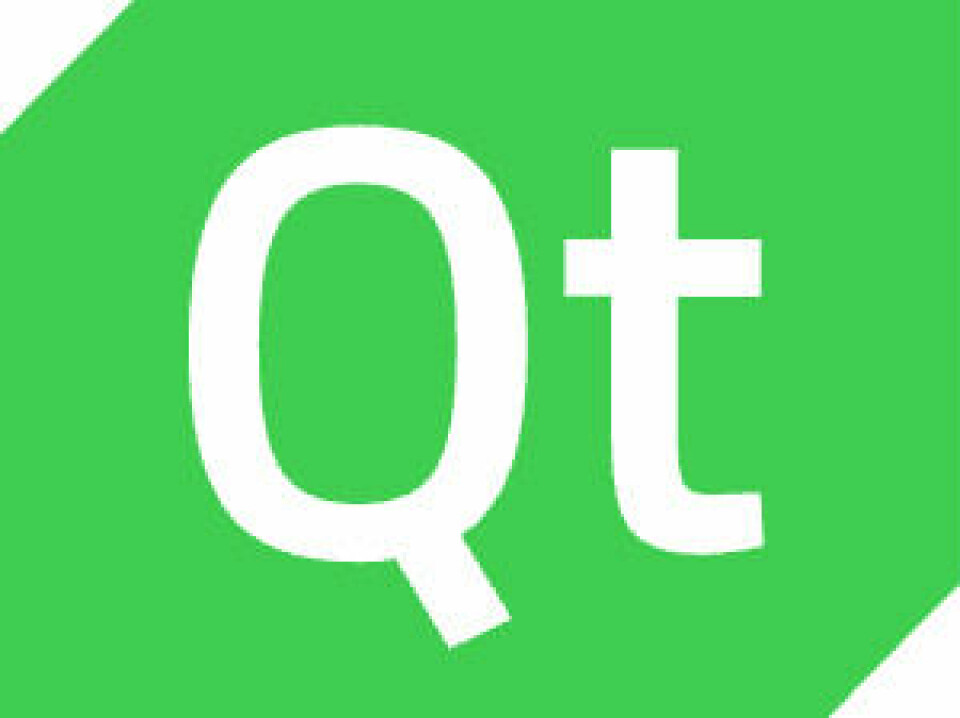
Qt Group is a global software company with a strong presence in more than 70 industries and is the leading independent technology behind 1+ billion devices and applications. Qt is used by major global companies and developers worldwide, and the technology enables its customers to deliver exceptional user experiences and advance their digital transformation initiatives. Qt achieves this through its cross-platform software framework for the development of apps and devices, under both commercial and open-source licenses.
Qt technology is used by approximately one million developers worldwide. We enable a single software code across all operating systems, platforms, and screen types, from desktops and embedded systems to business-critical applications, in-vehicle systems, wearables, and mobile devices connected to the Internet of Things.



